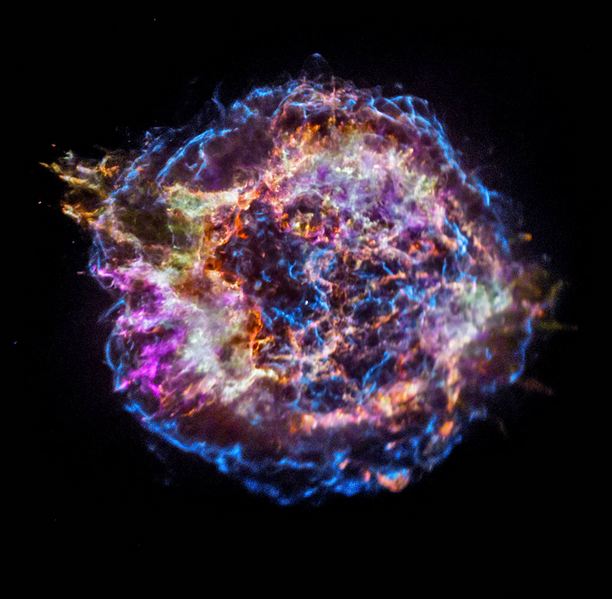Imagine looking up at the Andromeda galaxy, a massive collection of stars 2.5 million light-years away, only to find one of its shining giants—the supergiant star M31-2014-DS1—has simply vanished. No cosmic fireworks, no explosion lighting up the night sky. Just… gone. This puzzling event has left astronomers buzzing, wondering if they’ve finally caught a rare cosmic event in real time: a “failed supernova.”
The Vanishing Act of M31-2014-DS1
Back in 2014, this supergiant star, about 20 times the mass of our sun, shone brightly in Andromeda, almost as if it were putting on a show. But by 2016, it began to dim, its once-brilliant light dwindling year by year. By 2023, it was completely undetectable, leaving scientists scratching their heads. Typically, when a massive star like this collapses, it goes out in a supernova, a massive explosion bright enough to momentarily outshine an entire galaxy. But for M31-2014-DS1, there was no such spectacle.
Instead, it simply faded away, leading scientists to consider an elusive explanation: a failed supernova. This phenomenon, long theorized but rarely observed, occurs when a star collapses directly into a black hole without the dramatic bang.
What’s a Failed Supernova Anyway?
Stars are essentially massive nuclear reactors, fusing lighter elements like hydrogen into helium to produce energy. But when these stars burn through their hydrogen, they start fusing heavier elements, eventually reaching iron. Here’s the thing about iron: it doesn’t produce energy when fused, meaning that once a star’s core is packed with iron, it loses its battle against gravity. Normally, the core would collapse, triggering a supernova and leaving behind either a neutron star or a black hole. But not every massive star goes out with this spectacular finale.
In a failed supernova, the star’s core collapses directly into a black hole without the explosive supernova. Instead of ejecting layers outward, the outer parts of the star are “swallowed” by gravity, leaving behind no visible trace other than a black hole. Think of it as the cosmic equivalent of someone ghosting you—no explanation, just a sudden absence.
Spying on a Disappearing Star: The Role of NEOWISE
Capturing this rare event wasn’t easy. In fact, observing failed supernovae is like looking for a needle in an astronomical haystack. Fortunately, astronomers had the help of the NEOWISE telescope, which scoured the universe for distant galaxies, asteroids, and even black holes. NEOWISE’s infrared observations showed M31-2014-DS1 dimming over time, offering clues to its mysterious vanishing act.
By comparing M31-2014-DS1 with another possible failed supernova, N6946-BH1 in the “Fireworks Galaxy” (NGC 6946), scientists realized they might be witnessing a pattern. Could this be the next big breakthrough in understanding black holes and star death?
The Implications of a Vanishing Star
The death of M31-2014-DS1 adds another piece to the cosmic puzzle of how black holes form. Scientists estimate that 98% of the star’s mass collapsed into a black hole, creating an object roughly 6.5 times the mass of our sun. This discovery could help unravel mysteries about how many black holes exist and how they’re created, especially in cases where we don’t see the telltale supernova.
Future observations aim to confirm the existence of this new black hole by detecting X-ray emissions, which would further solidify this as a failed supernova. If confirmed, it would be only the second documented case of this kind.
Why Does This Matter?
Every new black hole discovery gives us insight into the life cycles of stars and the extreme conditions that govern the universe. It’s a reminder that the cosmos is full of surprises—some loud and explosive, and others quietly slipping out of sight. For now, the mystery of M31-2014-DS1’s silent death will keep astronomers looking deeper into the night sky, hoping to catch another one of these rare cosmic events.
The universe may be vast, but even in the darkest corners, there’s always something new to discover. And sometimes, the most significant moments happen in silence.












Leave a Reply